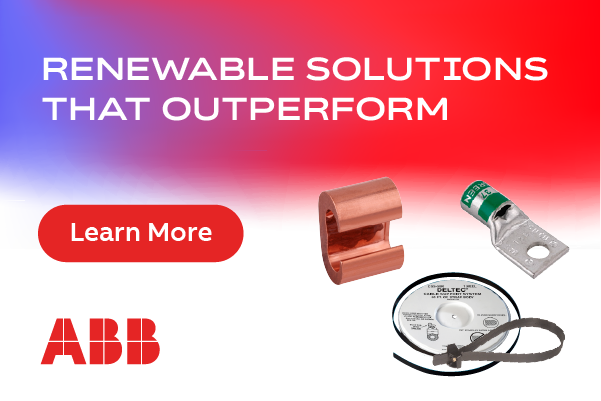Mid-Sized Wind Turbines are Finding Their Niche
Modern high tech wind turbines come in all sizes, from small turbines that charge batteries on a sailboat, to the offshore giants in the world’s oceans. When it comes to microgrids, however, it turns out that mid-sized wind turbines — 80 to 100 ft tall — are a perfect fit. These turbines have been designed for microgrids. They also offer a longer, 30-year life span. One of the keys to their offering is the ability to get permits without the need for excessive regulations, such as FAA approval. Mid-sized turbines operate effectively at moderate wind speeds, and are computer controlled for optimum power production with electronic braking.
Wind power has a long history in our country, first helping supply the power to pump water for crops and cattle as the American Pioneers pushed westward towards California. Railroads installed thousands of windmills to provide water for their steam engines. When electricity came along, its cost was relatively cheap compared to what was needed to operate windmills. As a result, little effort was made to modernize the remaining windmills, and they gradually became extinct. Today, we are seeing the results of the ever-increasing cost of electricity; growers in California are paying thousands of dollars a month just to pump water to their crops. Throw EV charging into the mix, and we end up with an even bigger problem that is screaming for a solution.
.jpg)
(image courtesy eocycle)
Issues with the grid, and the need for more power to charge the volume of EV cars coming on board, are creating a need for additional renewable energy. Right now, the main choices for renewable energy are solar, or solar for microgrids. Modern wind turbines tend to complement solar in the production of renewable energy. From a design point of view, the power generated by wind turbines requires a smaller footprint compared to the space needed by solar panels to generate an equivalent amount of power. One mid-sized 30 kW wind turbine equals 240 solar panels with a 16 ft by 16 ft footprint. On projects that have a limited amount of space, installing several of these turbines can achieve the same power as a much larger solar farm. For sites like large wineries, it would eliminate the need for acres and acres of solar panels on ground that could be used for crops. For microgrids, it allows more space for items like batteries and fuel cell operations. Although these wind turbines may not suffice as the only source of power, they are the perfect choice to complement solar in achieving maximum output from renewable energy sources.
Microgrid sites can now be rated by the average wind speed. NREL has developed extensive data on wind speeds in the US at various hub heights, which quickly identifies sites with the highest potential value. The gains from wind power can be monetized and put into a formula to determine the optimal number of turbines and solar panels for each location. This not only adds to the sustainability of microgrids, but it also allows more flexibility to power items like electrolyzers for hydrogen production. Power production at night (when solar is no longer available) can allow for better charging of batteries, and even reduce the need for more batteries.
 These mid-sized wind turbines are not overly intrusive; reaching just the height of treetops, they do not kill birds or bats. They simply are another piece of the renewable energy puzzle, helping create todays microgrids by allowing them to utilize as much available power as possible, in lieu of fossil fuels. They also qualify for most US Federal rebate programs, including many state incentives like the California SGIP Program.
These mid-sized wind turbines are not overly intrusive; reaching just the height of treetops, they do not kill birds or bats. They simply are another piece of the renewable energy puzzle, helping create todays microgrids by allowing them to utilize as much available power as possible, in lieu of fossil fuels. They also qualify for most US Federal rebate programs, including many state incentives like the California SGIP Program.
America is woefully behind in utilizing small and midsized wind turbines. Too much attention has been paid to the 500 ft tall utility scale turbines and their effects. There are ample rebate programs that, when combined, can pay for a major chunk of the cost for a small or mid-sized wind turbine. The positives far outweigh the negatives when it comes to including mid-sized (30kw) wind turbines in microgrids. Unlike utility sized turbines, these mid-sized turbines do not have complicated transmissions that require extensive maintenance. They benefit from a single shaft and fixed blades that work effectively at moderate wind speeds. Together with solar, mid-sized (30 kW) wind turbines smooth out the power production over the course of a year, and are an ideal tool for helping the US achieve its goals for renewable energy.
Frank Micone is the Founder of Air Voltaics, a distributor of small and mid-size wind turbines for microgrid, nanogrid, commercial, and residential projects. His goal is to encourage organizations to rely on wind power to maximize ROI and reduce their carbon footprint.
Air Voltaics | www.airvoltaics.com
Author: Frank Micone
Volume: 2023 January/February








